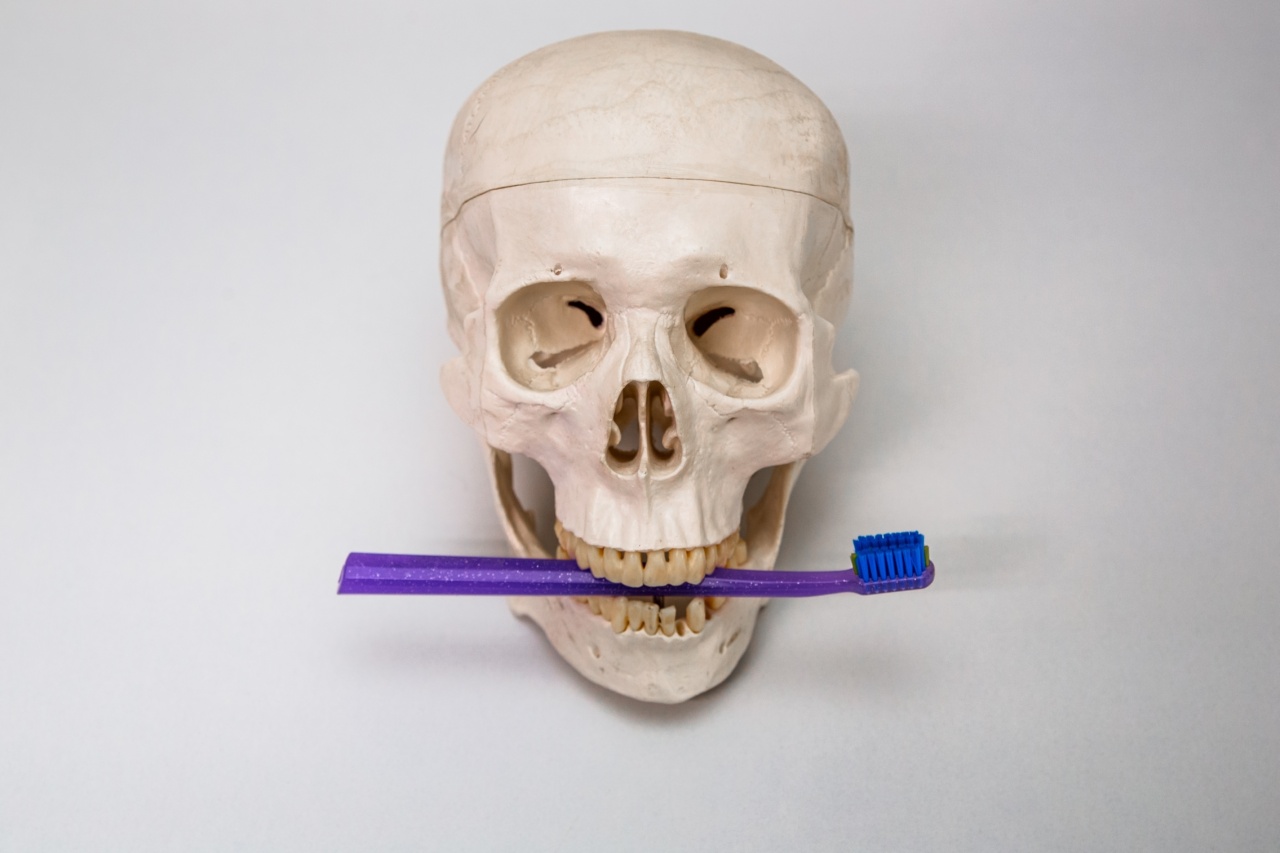Osteoporosis is a condition characterized by weakened bones, making them more prone to fractures and breaks. It primarily affects older adults, especially women, and can significantly impact a person’s quality of life.
Fortunately, there are exercises that can help prevent bone loss and reduce the risk of fractures in individuals with osteoporosis. Incorporating these exercises into your daily routine can contribute to maintaining strong and healthy bones. In this article, we will explore some of the best exercises for osteoporosis and how they can benefit you.
1. Weight-Bearing Exercises
Weight-bearing exercises involve working against gravity while staying upright. These exercises are highly effective in building bone density and improving bone strength. Some examples of weight-bearing exercises include:.
- Brisk walking
- Jogging or running
- Hiking
- Dancing
- Stair climbing
2. Resistance Training
Resistance training, also known as strength or weight training, involves using resistance to strengthen the muscles and bones. It stimulates the production of new bone tissue and helps maintain bone density.
Here are a few resistance training exercises beneficial for individuals with osteoporosis:.
- Weightlifting
- Resistance band exercises
- Bodyweight exercises (push-ups, squats, lunges, etc.)
3. Tai Chi
Tai Chi is a gentle and low-impact exercise that originated in ancient China. It focuses on slow, flowing movements and deep breathing.
Tai Chi has been shown to improve balance, flexibility, and muscle strength, reducing the risk of falls and fractures in individuals with osteoporosis.
4. Yoga
Yoga combines physical postures, breathing exercises, and meditation. It can help improve bone health by increasing flexibility, muscle strength, and balance.
Certain yoga poses, such as tree pose and warrior pose, are particularly beneficial for promoting bone health.
5. Pilates
Pilates is a low-impact exercise method that focuses on core strength, flexibility, and body alignment. It improves muscle control and balance, reducing the risk of falls and fractures.
Pilates exercises can be easily modified to suit individuals with osteoporosis.
6. Balance and Posture Exercises
Improving balance and posture is crucial for individuals with osteoporosis to prevent falls and fractures. Some exercises that target balance and posture include:.
- Single-leg stands
- Heel-to-toe walk
- Back leg raises
- Shoulder blade squeeze
7. Swimming and Water Aerobics
Swimming and water aerobics are low-impact exercises that provide resistance without putting excessive stress on the bones and joints. They help improve cardiovascular health, muscle strength, and flexibility.
However, it’s important to note that swimming and water aerobics are not weight-bearing exercises.
8. Cycling
Cycling is an excellent exercise for cardiovascular fitness and muscle strength. While it may not directly target bone health, it can still contribute to overall physical well-being.
If you choose cycling as your primary exercise, consider pairing it with other weight-bearing exercises for maximum bone health benefits.
9. Functional Movements
Functional movements mimic everyday activities and help improve strength, balance, and coordination. Engaging in functional movements can enhance bone density and reduce the risk of fractures. Some functional movements to consider include:.
- Squatting
- Lunging
- Bending and lifting
- Carrying groceries
10. Flexibility and Stretching Exercises
Flexibility and stretching exercises improve joint mobility and prevent muscle stiffness. While they may not directly contribute to bone density, they are essential for overall physical well-being.
Incorporate stretching exercises into your routine to maintain flexibility and reduce the risk of falls.
Remember to consult with your healthcare provider or a qualified exercise professional before starting any new exercise program, especially if you have osteoporosis or other medical conditions.
They can provide individualized recommendations based on your specific needs and limitations.
By incorporating these exercises into your lifestyle, you can take an active role in preventing bone loss and fractures associated with osteoporosis.
Regular physical activity, along with proper nutrition and lifestyle choices, can go a long way in maintaining strong and healthy bones as you age. Stay motivated, stay active, and prioritize your bone health!.






























